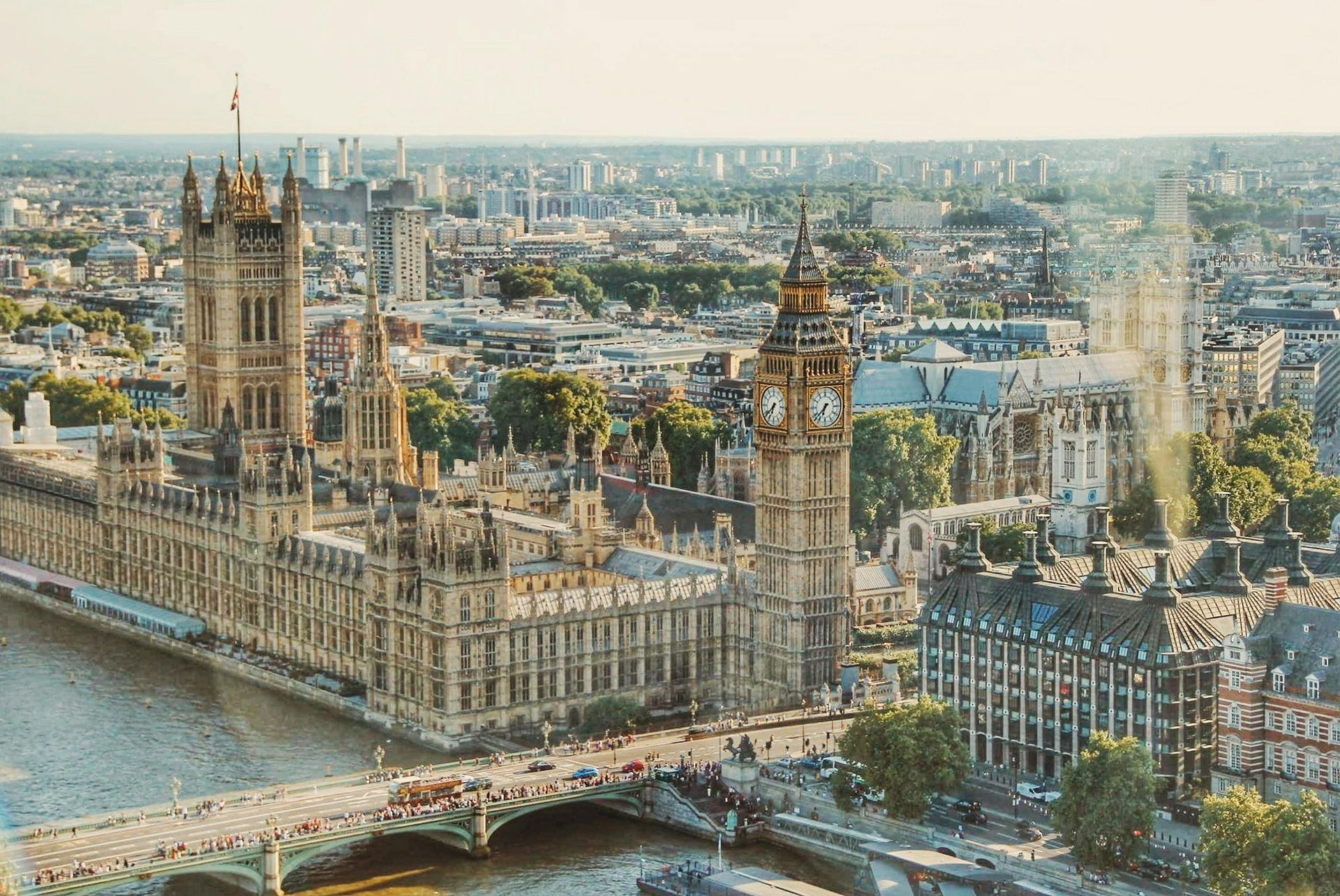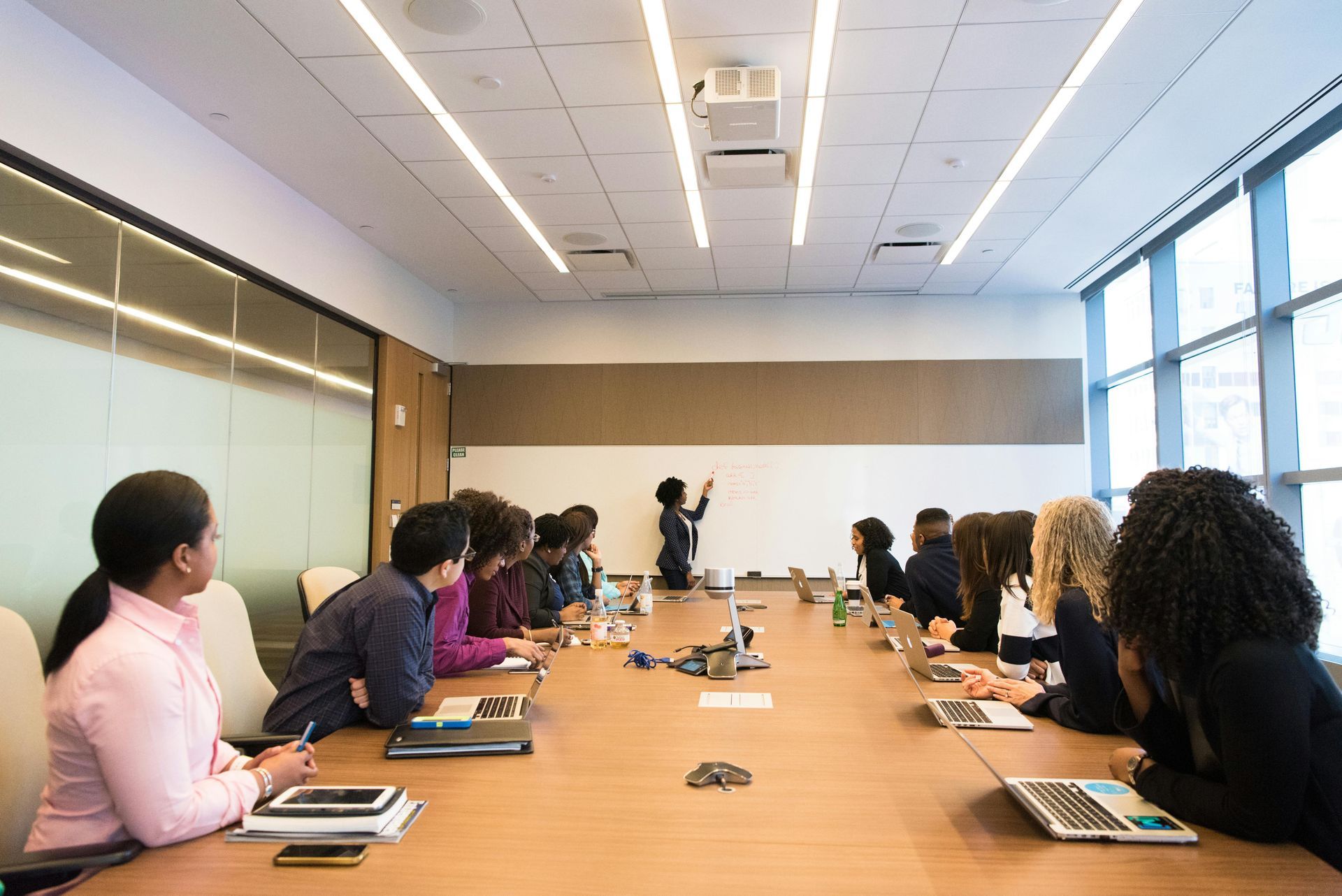Labor Relations in the Film Industry

In the world of employment, labor relations holds a vital role in orchestrating the interaction between employers and employees, influencing workplace productivity and job satisfaction. We'll cover the historical development of labor relations, from the inception of guilds to the creation of contemporary unions, outlining its progression. We'll focus particularly on the motion picture industry, analyzing the unique challenges the industry presents. We will also review the complexities of union contracts and negotiations, which are quintessential in establishing equitable work conditions.
We'll provide a look into the world of labor relations and offer valuable insights to employers, employees, and anyone intrigued by the film industry or labor relations at large.
The Essence of Labor Relations
Labor relations is a critical aspect of union labor management and involves managing relationships between employers and union employees. The primary goal of labor relations is to maintain a harmonious work environment. This is achieved by ensuring fair treatment of employees and addressing their concerns effectively.
Labor relations also involve negotiating collective bargaining agreements that outline the terms and conditions of employment, including wages, working hours, and benefits. Moreover, labor relations also impact the overall business strategy. They influence decisions related to workforce planning, compensation, and benefits, which in turn affect the organization's labor costs and sustainability.
Historical Context: From Guilds to Modern Unions
The concept of labor relations has evolved significantly over the centuries. In the Middle Ages, guilds were formed as associations of craftsmen or merchants. They set standards for their trades and protected the interests of their members. With the advent of the Industrial Revolution, the nature of work changed dramatically. This led to the formation of modern unions, which sought to protect workers from exploitation and improve their working conditions.
The 20th century saw further evolution in labor relations. The introduction of labor laws and regulations provided a legal framework for union activities and collective bargaining. This period also witnessed the rise of labor management as a distinct function within organizations. Today, labor relations continue to evolve in response to changes in the economy, technology, and societal expectations. The focus is increasingly on fostering a collaborative relationship between employers and employees, rather than a confrontational one.
Labor Relations in the Motion Picture Industry
The motion picture industry presents unique challenges for labor relations. The nature of film production involves a diverse range of skills and roles. This necessitates a complex system of labor relations.
Guilds and unions play a crucial role in the industry. They represent the interests of various professional groups, from actors and directors to technicians and writers. Their influence extends to every aspect of film production.
The industry's project-based work structure also impacts labor relations. Employment contracts are often short-term, and the conditions can vary significantly from one project to another.
Guilds and Unions in the Film Industry
Guilds and unions in the film industry have a long history. They emerged in response to the need for fair wages, safe working conditions, and recognition of creative rights. Today, they continue to play a vital role in protecting the interests of their members.
Organizations like the Screen Actors Guild (SAG) and the Directors Guild of America (DGA) negotiate collective bargaining agreements on behalf of their members. These agreements set the terms for employment contracts, including wages, working hours, and benefits.
The influence of these guilds and unions extends beyond their members. They help shape industry standards and practices, influencing the broader labor relations landscape in the film industry.
Union Contracts: Balancing Flexibility and Rights
Union contracts in the film industry need to balance employer flexibility with employee rights. This is a delicate task, given the project-based nature of film production.
Employers need the flexibility to adapt to changing project requirements. This includes the ability to hire and release staff as needed. At the same time, employees need assurance of fair treatment, compensation, and working conditions.
Union contracts provide this balance. They set out the terms of employment, while also providing mechanisms for dispute resolution. This ensures that both parties' interests are protected, contributing to a more harmonious labor relations environment.
The Art of Negotiations in Labor Relations
Negotiations are a cornerstone of labor relations. They are the means by which employers and labor representatives reach agreement on employment terms. In the film industry, these negotiations can be complex and high-stakes.
The process involves meeting in good faith with both parties willing to compromise, yet also stand firm on key issues. The outcome of these negotiations can significantly impact the the state of the film industry. Negotiations also play a crucial role in maintaining positive labor relations. They provide a forum for addressing long-standing issues, resolving major disputes, and fostering mutual understanding.
Strategies for Effective Communication During Negotiations
Effective communication is key to successful labor negotiations. It involves more than just clear and concise language; it also requires empathy, active listening, and a willingness to understand the other party's perspective.
One strategy is to focus on interests rather than positions. This means looking beyond the immediate demands and understanding the underlying needs and concerns. This approach can lead to more creative and mutually beneficial solutions. Another strategy is to build trust and rapport. This can be achieved through transparency, honesty, and respect. A positive negotiation climate can facilitate more productive discussions and better outcomes.
Legal Framework and Enforcement of Union Contracts
The legal framework governing labor relations is a critical aspect. It sets the rules for union activities, collective bargaining, and contract enforcement. In the film industry, these laws can have a significant impact on production schedules and budgets.
Union contracts are legally binding agreements. They outline the terms and conditions of employment, including wages, working hours, and benefits. These contracts are enforced through a combination of legal mechanisms and union actions. Non-compliance with union contracts can lead to legal penalties. It can also damage labor relations, leading to strikes or other forms of industrial action. Understanding and adhering to these contracts is therefore crucial for maintaining smooth operations in the film industry.
The Future of Labor Relations
The future of labor relations is likely to be shaped by several key trends. Technological advancements are changing the nature of work, leading to new challenges and opportunities in labor relations. In the film industry, this could mean a shift towards more flexible, project-based contracts.
Economic factors will also continue to influence labor relations. As the global economy becomes more interconnected, understanding international labor laws and cultural differences will become increasingly important. This will require labor professionals to adapt their strategies and approaches.
Finally, the future of labor relations will be influenced by societal changes. Issues such as diversity and inclusion, economic inequality, and corporate social responsibility are becoming more prominent. These trends will require a more holistic approach to labor relations, integrating these considerations into contract negotiations and labor practices.









